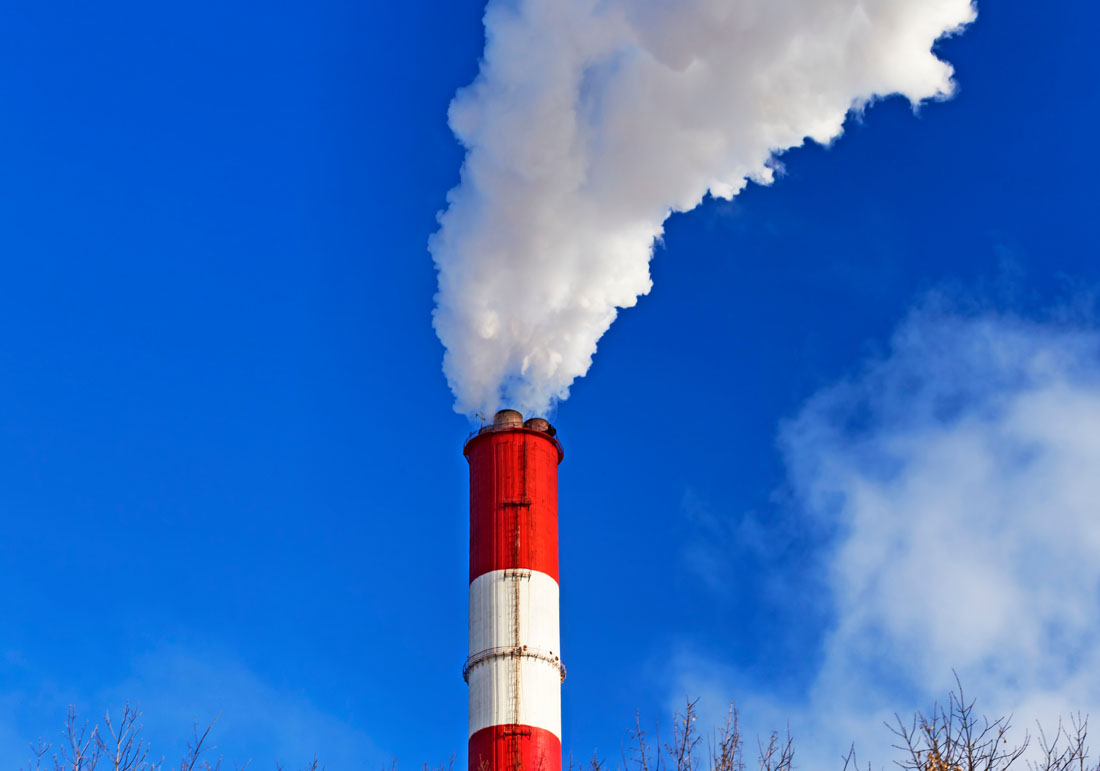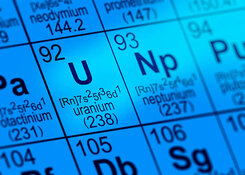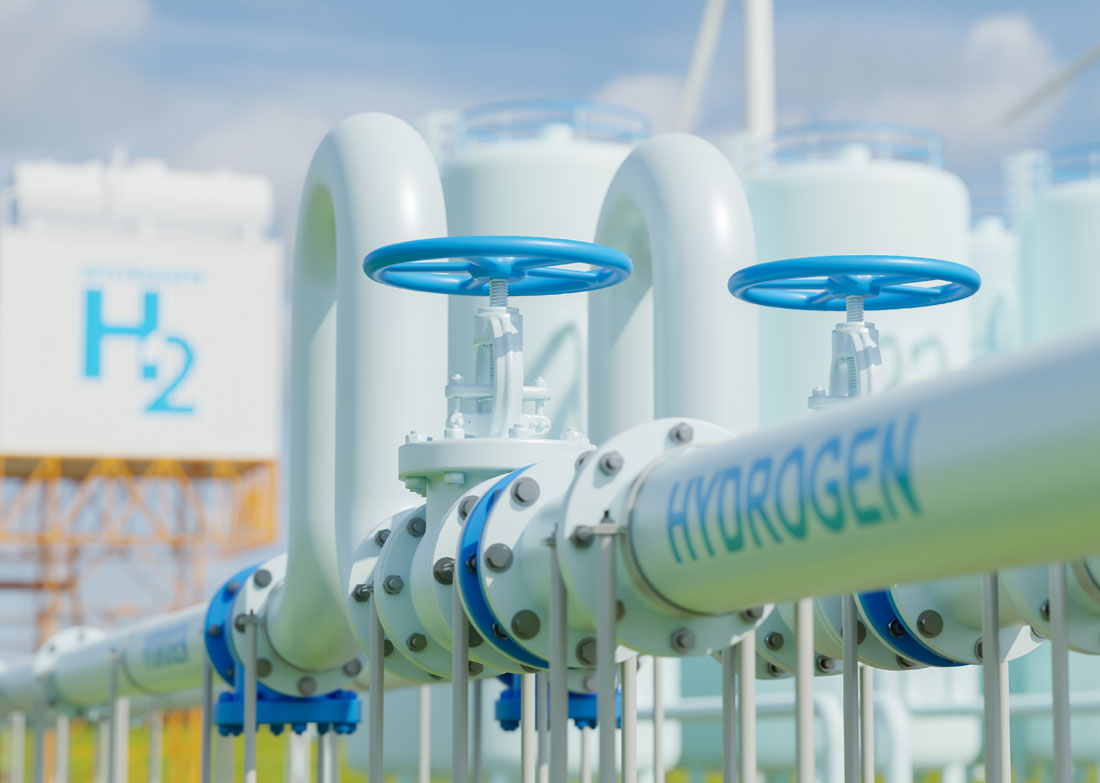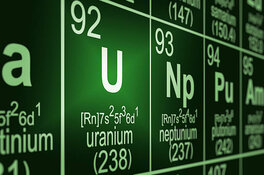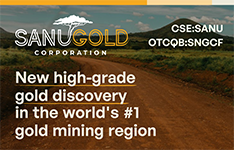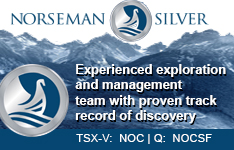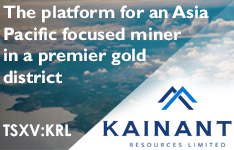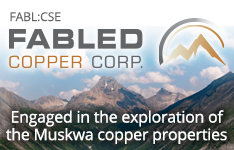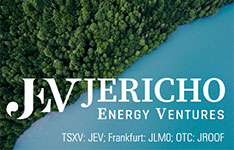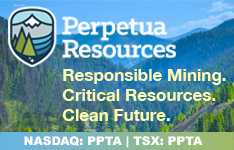As Fission Uranium Corp. (FCU:TSX; FCUUF:OTCQX; 2FU:FSE) gets closer to developing its flagship PLS uranium project in the Athabasca Basin, the company has hired a new vice president for exploration, a senior geologist, and an expanded technical team with expertise in mine engineering, health and safety, and mineral processing.
According to Red Cloud analyst David A. Talbot in a Sept. 1 research note, the hires "confirm Fission's intention to take PLS across the finish line on its own."
"We believe these appointments remove any doubt about Fission's decision to develop the mine alone as it builds its team," wrote Talbot, who has rated the stock a Buy with a CA$1.50 per share target — a nearly 100% increase. "The hires are well-timed, as these skill sets are required for several of Fission's upcoming catalysts."
According to Talbot, those catalysts include advanced engineering and design in the second half of this year, submittal of an environmental impact assessment next year, final permitting and licensing in 2025-2026, commercial construction in 2026, and initial production in 2028-2029.
Uranium is essential for nuclear fission to provide power without carbon emissions for the electric cars (EVs) and other gadgets for the green revolution.
Fission, based in Kelowna, British Columbia, specializes in uranium exploration and development. PLS is its flagship project in the Athabasca Basin in Saskatchewan, home to several other uranium discoveries, including NexGen Energy Ltd.'s Arrow deposit and Orano-Cameco-Purepoint's joint venture, Spitfire.
The company said PLS' Triple R deposit is the region's largest high-grade uranium deposit at shallow depth.
The more than 31,000-hectare project has an indicated resource of 114.9 million pounds triuranium octoxide (U3O8) based on 2.688 million tonnes at an average grade of 1.94% U3O8, an inferred resource of 15.4 million pounds U3O8 based on 635,000 tonnes at an average grade of 1.1% U3O8, and probable reserves of 93.7 million pounds U3O8 based on 3 million tonnes at an average grade of 1.41% U3O8. These resources and reserves are reported at a cutoff grade of 0.25%.
"The property hosts the largest mineralized trend in the region and is one of the few uranium projects advanced enough to enter production this cycle," Fission President and Chief Executive Officer Ross McElroy said. "The project has excellent access to infrastructure and a skilled workforce and, importantly, the 2023 feasibility study shows the potential for the PLS to be one of the lowest operational cost uranium mines in the world."
'A New Level of Technical Capability'
This summer, Fission hired geologist Kanan Sarioglu as vice president of exploration. He has more than 15 years of experience and several uranium discoveries under his belt, including as part of the team responsible for delineating the Michelin uranium deposit in Labrador.
The company also hired James Haley, an experienced exploration geologist specializing in uranium and rare earths, to be Fission's senior geologist.
According to Talbot with Red Cloud, other important hires included Ryan Frey as mineral processing manager; Amitabha Majumder as engineering project manager; Neil Chambers as mine engineering manager; Thomas Bayer as safety, health, and training manager; and Eric Sylvestre as community liaison coordinator.
"These hires should not only help maintain the development plans at its flagship PLS project as anticipated while it progresses through engineering design, environmental assessment and permitting stages, but elevate its team to a new level of technical capability," Talbot wrote.
The Catalyst: Nuclear Power Generating Capacity Growing
Uranium from mining is used primarily as fuel for nuclear fission in power plants, but it is also used in the medicine, food production, and space industries. There are currently about 440 nuclear reactors operating worldwide, according to the World Nuclear Association. In 2022, they provided about 10% of the world's electricity.
According to an analysis by the Business Research Co., the global uranium market is set to grow from US$0.79 billion in 2022 to US$0.82 billion this year at a compound annual growth rate (CAGR) of 3.1%. The market will grow at a CAGR 5% from US$1 billion in 2027, the analysis said.
In general, global nuclear power-generating capacity is expected to rise 82% to 792 gigawatts by 2050 as the world transitions from fossil fuels, the International Atomic Agency said.
"Uranium is the one energy source that could satisfy every Millennial and Gen-Xer on the planet; zero pollutive impact anywhere and a reliable cost-effective means of heating the planet and recharging Elon Musk’s vehicles," industry observer Michael Ballanger wrote. "Handled properly, nuclear power is truly the alternative for coal and oil and natural gas, but what spooks the world is that the collateral damage of a ruptured nuclear power station is infinitesimally larger than a pipeline leak or a coal fire."
The sector suffers from stigma surrounding the risk of radiation and accidents — like those at Chernobyl and Three Mile Island — and the element's use to power nuclear bombs. However, the industry points to studies that show other energy producing sectors are more dangerous than nuclear energy. In fact, the coal industry accounts for as many as 120 deaths per year compared to less than 0.01 deaths per year in the nuclear industry, according to the World Nuclear Association.
Investors are hoping nuclear power will have a resurgence as governments attempt to turn away from fossil fuels.
Uranium spot prices surged 50% between Dec. 31, 2022, and Sept. 30, 2023, from US$47.68 per pound to US$71.58.
 Streetwise Ownership Overview*
Streetwise Ownership Overview*
Fission Uranium Corp. (FCU:TSX; FCUUF:OTCQX; 2FU:FSE)
The PLS project hosts the Triple R deposit, which the company said is the region's largest high-grade deposit at shallow depth. Fission also said its feasibility study for the site outlines the potential for it to become one of the lowest-cost uranium mines in the world.
Ownership and Share Structure
According to Reuters, about 21% of the company is owned by institutions, and 14% is owned by strategic entities. The rest is retail.
Top shareholders include CGN Mining Co. Ltd. with 13.09%, Alps Advisors Inc. with 5.86%, Kopernick Global Investors LLC with 5.06%, Mirae Asset Global Management with 4.43%, and Exchange Traded Concepts LLC with 3.55%, Reuters said. President and CEO McElroy owns 0.45%.
The company's market cap is CA$605.22 million with about 731 million shares outstanding. It trades in a 52-week range of CA$1 and CA$0.54.
Sign up for our FREE newsletter
Important Disclosures:
- Steve Sobek wrote this article for Streetwise Reports LLC and provides services to Streetwise Reports as an employee.
- The article does not constitute investment advice. Each reader is encouraged to consult with his or her individual financial professional. By opening this page, each reader accepts and agrees to Streetwise Reports' terms of use and full legal disclaimer. This article is not a solicitation for investment. Streetwise Reports does not render general or specific investment advice and the information on Streetwise Reports should not be considered a recommendation to buy or sell any security. Streetwise Reports does not endorse or recommend the business, products, services or securities of any company mentioned on Streetwise Reports.
For additional disclosures, please click here.


